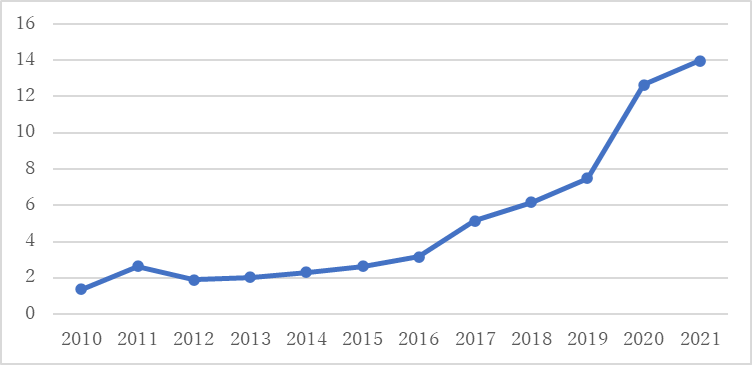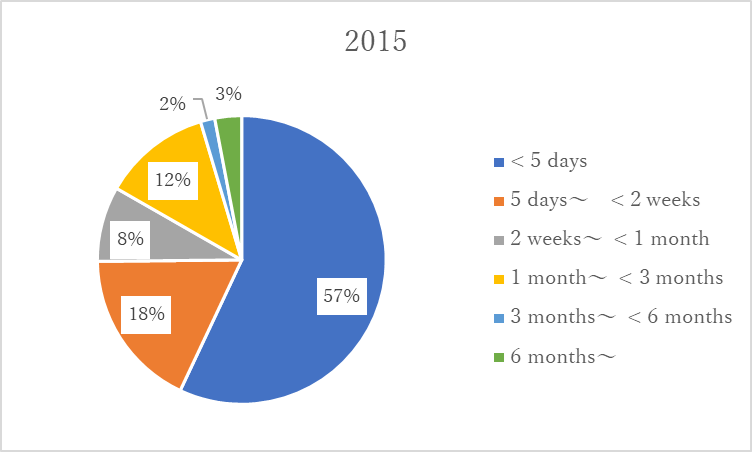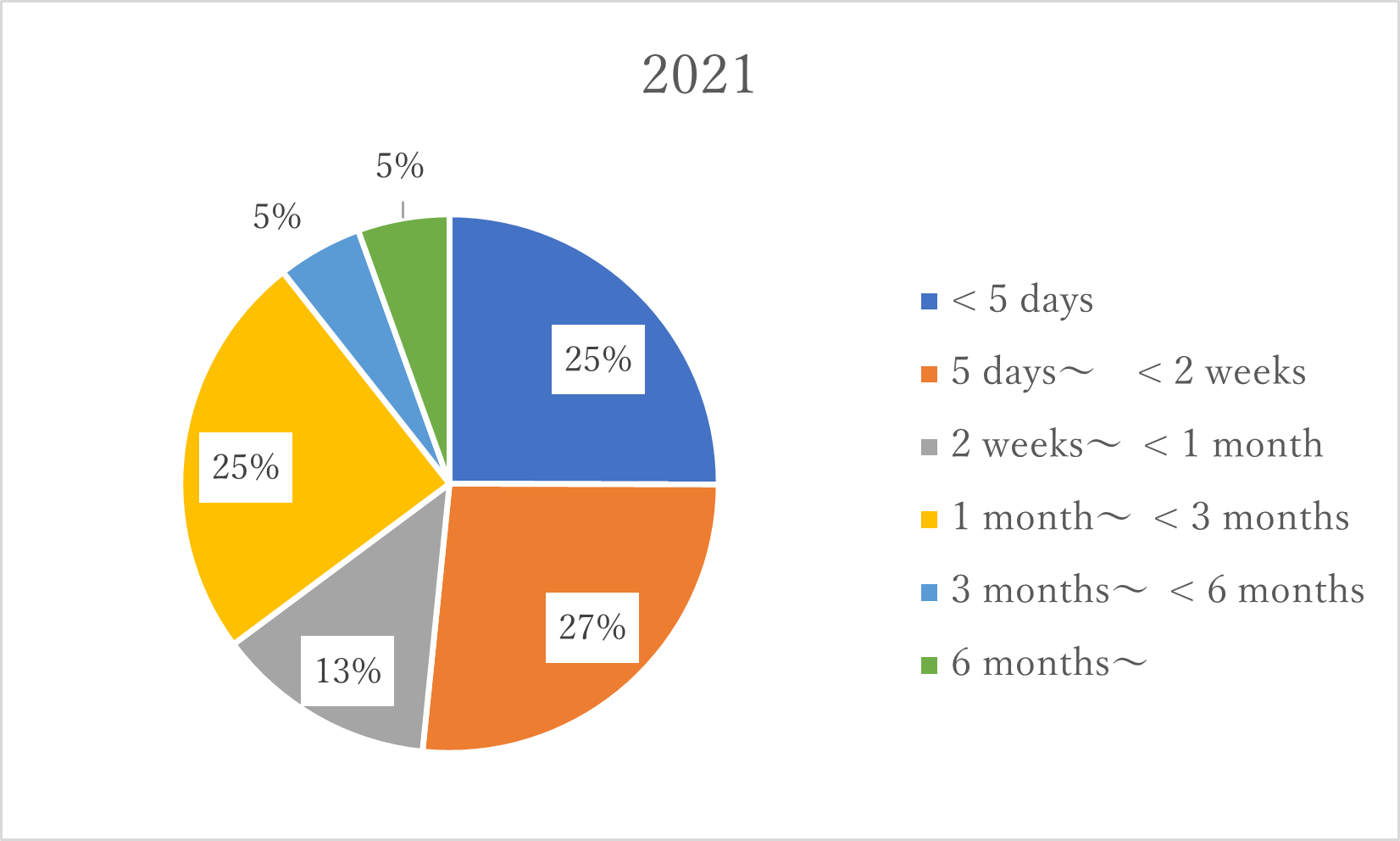Take-up rates of paternity leave
07/012023
Author: Yuki Tsuji
Japan's parental leave program is well developed compared to the OECD countries (UNICEF 2019). Childcare Leave Law allows both men and women to take leave for up to one year (or two years in case there is no room in childcare facilities), and couples can take leave at the same time. As for benefits during leave (paid from the public employment insurance), the income replacement rate is 67% until 6 months and 50% thereafter, but since social insurance premiums are exempted, the take-home pay is approximately 80% in average.
However, there are a couple of problems regarding the actual take-up rates of parental leave. First, women still leave the workforce at a higher rate after childbirth. Although the situation has improved considerably, about 30% of the female employees still quit their jobs when they give birth to their first children. Second, gender gap in the take-up rates is huge. In 2015, among the private sector workers, while 81.5% of women who remained at the workforce after childbirth took maternity leave, only 2.65% of men took paternity leave.
In recent years, the Japanese government has recognized the problem and has taken measures to encourage men to take childcare leave. The reason for this is the understanding that if fathers fully participate in childcare, the burden on mothers will be reduced and mothers can continue full-time employment, which will contribute to the stable household income, sustainability of social security system, as well as the economic growth. In addition, experts have argued that it is the degree of husbands’ involvement in childcare when the first child is born that affect wives’ motivation to have another child.

In response to the government’s call, some employers began to recommend male workers to take parental leave. As shown in Fig. 1, the percentage of male workers in the private sector who took parental leave rose to 13.97% in 2021. The numbers are even higher among civil servants. In addition, looking at the length of leave taken by men, the percentage of those who get a longer leave is slightly increasing (Fig. 2).


Starting in October 2022, the Japanese government revised the Childcare Leave Law, adding several measures to make it easier for men to take leave. In addition, large companies with more than 1,000 workers are required to publicly disclose the take-up rates by male employees. It is also expected that an increase in men taking parental leave will accelerate the work style reforms in the Japanese companies, notorious for long working hours and being inflexible.
Reference
UNICEF 2019 “Are the world’s richest countries family friendly? Policy in the OECD and EU,” written by Yekaterina Chzhen, Anna Gromada, Gwyther Rees.
